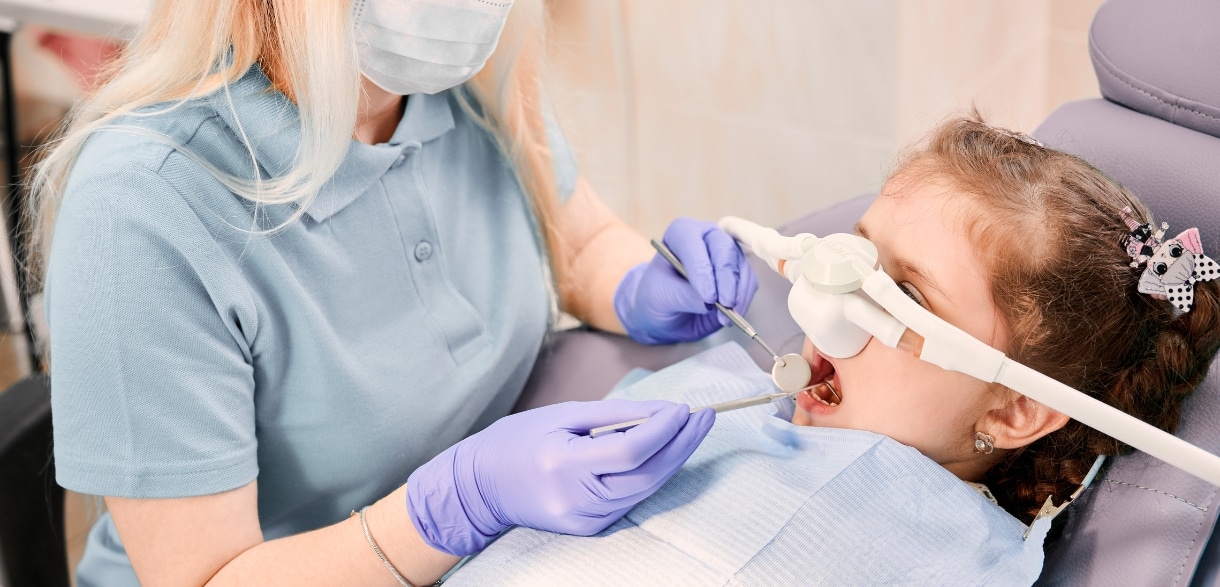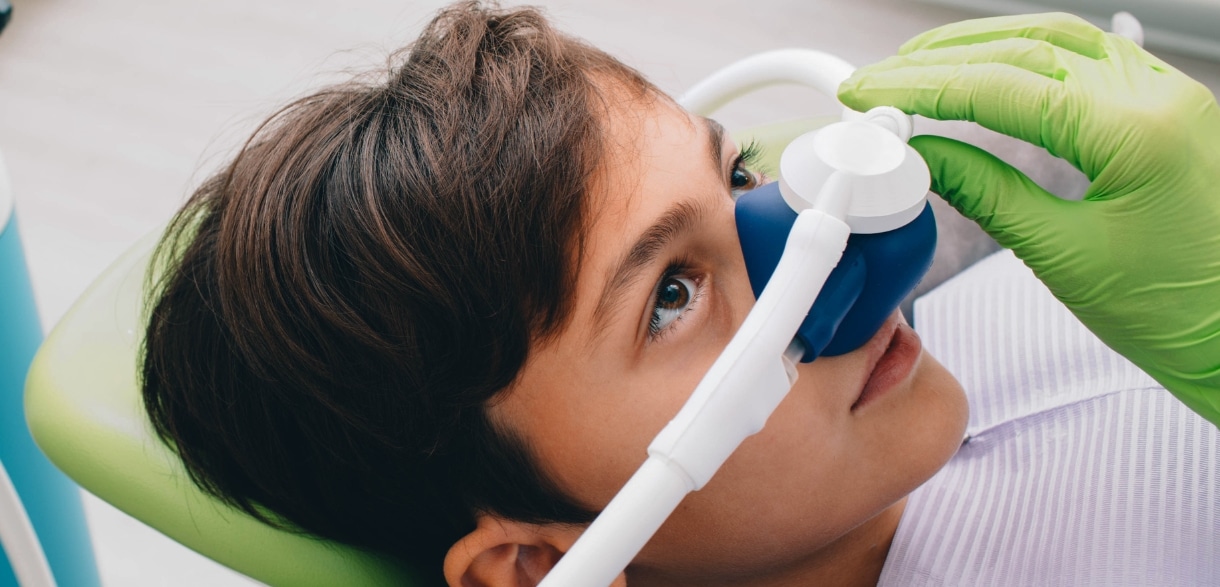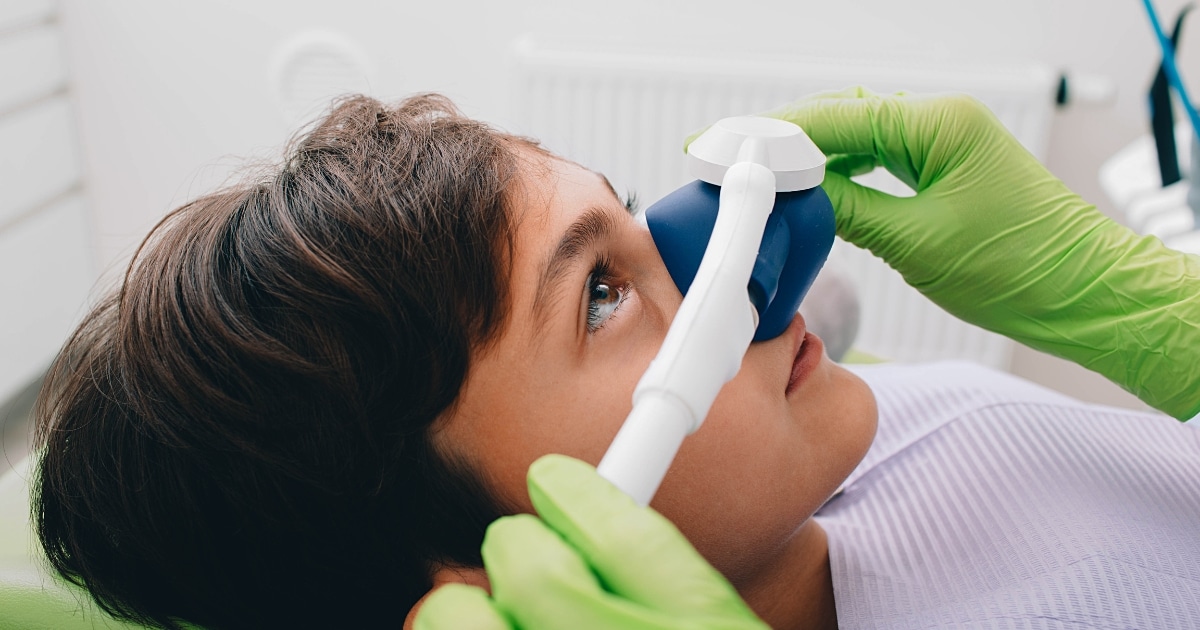Common Myths About Pediatric Dental Sedation Debunked

Dental visits can be stressful for both kids and parents, especially when procedures require more than just a simple checkup. If your child is anxious or afraid, pediatric dental sedation can be a game-changer.
However, many parents have concerns or misconceptions about its safety and necessity. It’s time to clear the air and separate fact from fiction.
You might have heard that sedation is dangerous or only necessary for major surgeries, but the truth is much different. Sedation in pediatric dentistry is a safe and effective way to ensure that children feel comfortable during their dental treatments, whether it’s a routine cleaning or a more involved procedure. The idea is to make dental visits easier and stress-free, not to create more confusion.
So, let’s dive into the common myths surrounding pediatric dental sedation and set the record straight—because the more informed you are, the better decisions you can make for your child’s health.
Myth #1: Pediatric Dental Sedation is Dangerous for Kids
Many parents worry about the safety of dental sedation, especially when it comes to their children. However, these concerns are often rooted in misunderstandings. Pediatric dental sedation is safe when used correctly, and numerous safety protocols are in place to ensure that your child remains in good hands throughout the procedure.
- Tailored to Your Child’s Needs: The sedation process is customized to suit your child’s age, weight, medical history, and the dental procedure. This personalized approach ensures that the sedation is both effective and safe.
- Highly Experienced Professionals: Pediatric dentists are trained in sedation techniques, and often, an anesthesiologist is present to monitor your child throughout the process. Their expertise helps minimize risks, making dental procedures comfortable and safe for kids.
- Safety Protocols in Place: Prior to sedation, a thorough assessment of your child’s health is performed. During the procedure, your child’s vital signs are constantly monitored. Emergency equipment is always on hand, adding an extra layer of safety to the process.
Myth #2: Sedation is Only for Major Dental Procedures
It’s a common myth that dental sedation is only necessary for complex surgeries or invasive treatments. In reality, sedation can be incredibly helpful for even routine procedures, particularly if your child is anxious or fearful.
- Sedation for Routine Visits: For children with dental anxiety, a simple cleaning or filling can seem overwhelming. Sedation helps them feel relaxed and more comfortable during these visits, making it easier to get through the appointment.
- Comfort for Small Procedures: Minor dental procedures such as sealant application or cavity treatment may also benefit from sedation. These relatively simple procedures can still trigger discomfort or fear, especially in younger children.
- Less Stress for Kids and Parents: Using sedation for smaller procedures not only reduces stress for your child but also for parents, who might be worried about their child’s experience.
Myth #3: Sedation Causes Long-Term Effects on Children’s Health
There’s a misconception that pediatric sedation leads to long-term health problems or developmental delays. However, sedation is generally short-term and carefully monitored, which prevents these concerns from becoming a reality.
- Limited Duration and Oversight: Pediatric sedation lasts only for the duration of the procedure. Once the procedure is completed, the effects of the sedative wear off quickly, often without any lasting impact.
- Medical Supervision Throughout: During the sedation process, your child will be under the watchful eyes of skilled pediatric dentists and anesthesiologists. They ensure that your child’s health is closely monitored, minimizing risks and side effects.
- Expert Opinions and Studies: Numerous studies have confirmed the safety of sedation for children. Experts agree that, when done properly, sedation does not cause long-term health issues or developmental changes.
Myth #4: Sedation is Unnecessary; Children Should Just “Tough It Out”
A common belief is that children should be taught to “tough it out” during dental procedures. While this mentality might seem appealing to some, it ignores the importance of your child’s comfort and long-term dental health.
- Prioritize Comfort and Safety: Dental procedures can be uncomfortable, and forcing children to endure pain or anxiety is unnecessary. Sedation helps ensure that your child remains comfortable during treatment, reducing distress and fear.
- The Role of Anxiety in Dental Health: Unaddressed dental anxiety can lead to future oral health problems. If a child has a negative experience, they may be hesitant to visit the dentist again, increasing the risk of neglected oral health. Sedation helps create a positive association with dental visits.
- Prevent Future Issues: By reducing pain and anxiety, sedation not only helps children get through their procedures but also fosters better long-term oral care habits. The more positive their dental experiences, the more likely they are to maintain healthy oral hygiene.
Sedation isn’t about “letting children off easy”—it’s about ensuring that dental procedures are performed without unnecessary pain or fear.
Myth #5: All Forms of Sedation Are the Same
There are several types of pediatric sedation, and not all are suitable for every situation. Understanding the differences can help parents feel more confident in choosing the right method for their child.
- Mild Sedatives: For less invasive procedures or dental exams, mild sedatives like oral medication can be enough to calm your child without making them completely sleepy.
- Nitrous Oxide (Laughing Gas): Nitrous oxide is commonly used for mild sedation. It helps relax your child and reduces pain perception while keeping them awake and responsive.
- General Anesthesia: In rare cases, more extensive procedures may require general anesthesia, where the child is put to sleep for the duration of the procedure. This is only used when necessary and after thorough evaluation.
Pediatric dentists evaluate each child’s needs, health status, and the procedure at hand to determine the safest and most appropriate sedation method.
Myth #6: Sedation Makes Children Unconscious for the Whole Procedure
Some believe that all forms of sedation make children completely unconscious for the entire procedure, which is not the case.
- Conscious Sedation: In many cases, pediatric sedation involves conscious sedation, where your child remains relaxed but still awake and responsive. This allows them to feel at ease without being fully unconscious.
- General Anesthesia vs. Conscious Sedation: Unlike general anesthesia, which renders a child fully unconscious, conscious sedation allows children to remain aware but comfortable throughout the procedure.
- Quick Recovery: One of the key benefits of conscious sedation is that children recover faster. Since they are not fully unconscious, they can often resume normal activities shortly after the procedure.
Understanding the truth about pediatric dental sedation can help you make informed decisions for your child’s dental health. By debunking these common myths, it’s clear that sedation is a safe, effective, and essential tool for ensuring your child’s comfort during dental visits. Whether it’s for routine check-ups or more complex treatments, pediatric sedation can be a game-changer. Don’t let myths hold you back—prioritize your child’s well-being and work with your dentist to choose the best sedation option for their needs.


